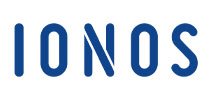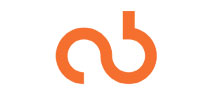American workers are constantly looking for ways they can improve their skills in order to compete in today’s economy. This has led to more Americans looking at higher education and trying to figure how to pay tuition.
It is hard to deny the benefits of higher education. A research report from Public Agenda and National Center for Public Policy and Higher Education Policy found that 55 percent of Americans believe a college degree is necessary to succeed. This view is also held by policy makers. The American Recovery and Reinvestment Act of2009 allocated $53 Billion in education and training spending.
But where should the money go? Illinois has some ideas. In February 2006, the Illinois Department of Commerce and Economic Opportunity and Council for Adult and Experiential Learning (CAEL), launched a pilot program for the health care industry. The pilot program saves workers money in Lifelong Learning Accounts.
LiLAs are similar to 401(k). The employer matches the employee’s contribution. This money can be used by the employee to pay tuition, books, lab material, or other education-related expenses.
According to the Bureau of Labor Statistics seven of most rapidly-growing occupations are in health care. Experts predict that the health care industry will create 3 million new salary and wage jobs by 2016. Three health care companies have signed up to the pilot program: Gibson Area Hospital and Access Community Health Network. Illinois participants already use their LiLAs for new skills in health care.
“I am very thankful to have been chosen for this program as I am able to take classes and receive certifications which I probably would not have been able to afford, especially now with my husband out of work,”Kristine Englin was a participant.
Visit this site for more information on LiLAs www.lifelonglearningaccounts.org.












